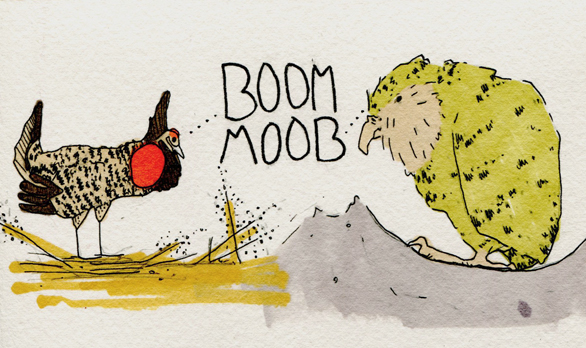Reilly Allen, a great friend of mine, came to visit me a few months ago. She promptly accused my cats of harboring a parasite that would make her go crazy. (as if anything could make her go more crazy…)
Toxoplasma gondii, or T. gondii, is a parasitic protozoan that can infect all warm blooded animals. T. gondii is primarily a feline parasite because only in the intestines of a cat, can the parasite sexually reproduce, and the parasite is transmitted through the cat’s feces. Asexual reproduction is possible in all other mammals, but they will only be clones of the initial parasite. The parasite can also be sexually transmitted in some animals. If a human is infected with T. gondii, he or she can develop a potentially deadly disease called toxoplasmosis. Toxoplasmosis is only really harmful to infants and people with weakened immune systems. If a healthy human is infected with T. gondii, they will experience flu-like symptoms for a bit and then the parasite goes “dormant”…in their brain cells.
This is where it gets bizarre, it’s possible that a dormant T. gondii in humans is not so dormant. According to Czech scientist, Jaroslav Flegr, it’s possible that this “laten parasite quietly tweeks connections between neurons.” It changes our responses to trust, how outgoing we are, scent preference, and can even be the cause of car crashes, suicides, and schizophrenia. He claims that 1 million people die a year due to these tiny tweeks. Apparently about 1/3 of the world’s population carry the Toxoplasma infection.
He and other notable scientists have done extensive research on Toxoplasma gondii. Here’s a long, but very interesting article on the whole matter.
One might say that the main purpose for an organism’s life is to reproduce. Well, it seems as though the brain manipulation done by T. gondii is all executed so that it can return to a feline host and sexually reproduce.
Scientists have done a lot of research on T. gondii using lab rats. Rats infected with T. gondii were not only less cautious of the threat of a cat predator, but actually attracted and sexually aroused by the scent of the predator’s urine; which led the rats right into the mouth of a hungry feline!
Through these studies, scientists have also found that T. gondii jacks up dopamine levels in warm-blooded animals. Dopamine highly attributes to the feelings of fear, pleasure, and to attention.
I don’t believe that T. gondii has found a way to mind control a human into getting a cat to eat him or her, but there has been research done that T. gondii does affect the human brain and the way it works.
Flegr's tests on humans have shown that males who are infected with T. gondii were more “introverted, suspicious, oblivious to other people’s opinions of them, inclined to disregard rules, [and] had less friends.” On the other hand, women infected with T. gondii were more “outgoing, trusting, image-conscious, rule-abiding, [and] had more friends.”
“After consulting the psychological literature, [Flegr] started to suspect that heightened anxiety might be the common denominator underlying their responses. When under emotional strain, he read, women seek solace through social bonding and nurturing… Anxious men, on the other hand, typically respond by withdrawing and becoming hostile or antisocial.”
Lots of research has been done between the connection of T. gondii and schizophrenia as well. People who have schizophrenia and test positive for T. gondii have way less grey matter in their brain than other individuals. T. gondii is also thought to be a trigger for schizophrenia.
But, with all that, Squirrel and Harry ain’t goin’ nowhere! Apparently indoor cats don’t pose a threat, because they don’t carry the parasite. Outdoor cats only really have the parasite for 3 weeks while they are young and first hunting. It seems like most humans catch T. gondii through consumption of other contaminated mammals, vegetables, and water. So, if you keep your counters and table tops clean, scrub your veggies before you eat them, drink purified water, and either cook your meat fully or freeze it before it’s cooked, it’s alllll gravy. No parasite for you!










